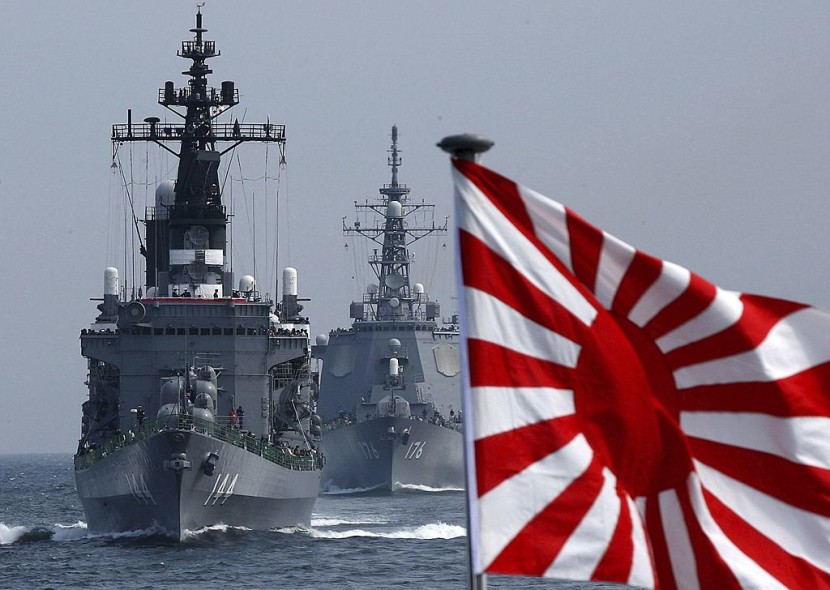
India-Japan naval exercises in the Indian Ocean have opened the door for more nations to work together as the People's Liberation Army (PLA) Navy is pushing into the Indian Ocean.
Having military exercises is something that navies do a lot, but now the precedent is greater since both India and Japan are having problems with Chines expansion at their doorsteps. Both countries are preventing Beijing from muscling in like a gangster and stealing territory in the South China Sea, according to SCMP.
The PLA and Indian forces were deadlocked along the Ladakh border in a battle that left a reported 20 Indian soldiers dead. Still, the Chinese did not reveal their dead in the battle. Another of Beijing's wrongdoings is attempting to co-opt the Senkaku Islands using ancient claims, but they are down-handed enough to get the Senkakus by using the same tricks they used to steal the Parcels.
Both China and India are pointing fingers on who started the clash. Sun Weidong, ambassador to India says that Indian Forces crossed a point called the Line of Actual Control that is a border. But, Vikram Misri, ambassador to India said that China is pushing back the line at their peril, using force against a sovereign nation.
Tokyo is warning Beijing not to cross the line with the Senkakus. True to form, the Chinese Foreign Ministry is using intimidation on the Japanese. The Japanese Defence Minister Taro Kano said that China will be judged by its intentions and its capacity.
The Japanese have the Americans as allies with the USS Ronald Reagan's carrier strike group docked in Yokosuka, Japan. This is something that the PLAN is not willing to tussle with.
Also read : Japan's Dispute Over Chinese Ships in East China Sea Near Senkakus Will Get U.S. Support
China is singled out by US, Japan, India, and Australia
Chinese naval attempts to secure the Indian and Pacific Oceans are forcing the navies of these nations to work as one under the U.S. Navy. With the extra support from its allies, the U.S. Navy has the resources to conduct a campaign against Chinese assets.
The highlight of these tensions was the deployment of three carrier strike groups (CSGs) in operations centered in the Philippine Sea and the South China Sea. Several of these joint naval exercises included the Japan Maritime Self-Defence Force.
With the Chinese push over the Senkakus, the Ministry of Defense set up coordination with the US, India, Australia, and other ASEAN nations as a block to stop the CCP from ruling the South China Sea.
Chinese aggressiveness in both East and the South China Seas is pushing Japan and India as a joint force to counter the PLAN. When the Japanese Prime Minister Shinzo Abe visited India in 2007, he called for more ties that meant to protect their common interests in the Indian and Pacific oceans.
To the point, Indian and Japanese forces have become allies in events like Dharma Guardian land exercises, Shinyu Maitr aerial exercises, and the Malabar exercise with the U.S. military.
According to Rajiv Bhatia, a former Indian ambassador, the naval operations were to wake up to China to go to the table.
The QUAD
China is no pushover with some touted offensive capacity but the resurgent operations of the quad, composed of America, Japan, Australia, and India will be something to think about.
Beijing and CCP are making the East and South China Seas hotbeds and making it harder for all nations to not just sit around. Sooner or later, action will be inevitable as India-Japan Naval Exercises are dress rehearsals only.
Related article: Indian Navy's Aggressive Deployment Serve as Warning to Beijing Over Border Disputes








